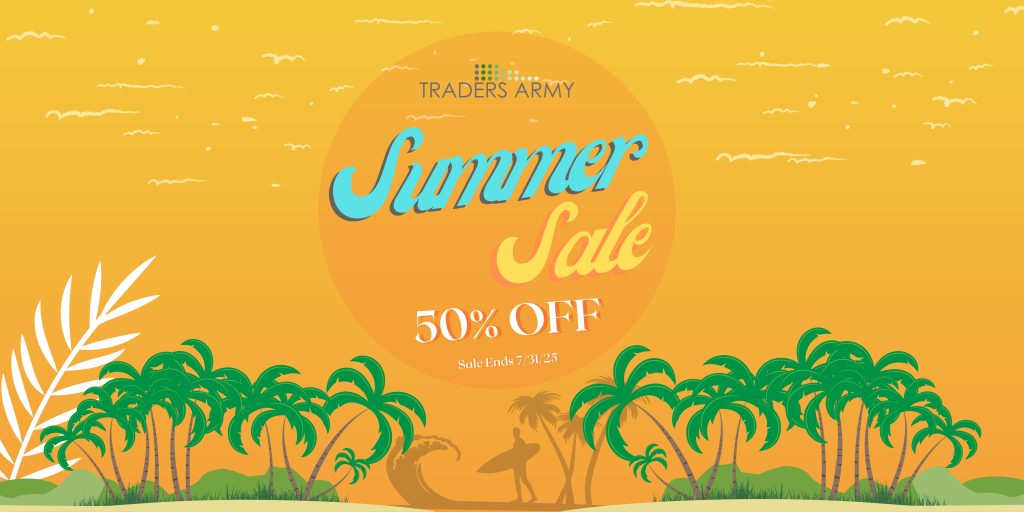ETF’s, Commodities and Options

Many options traders have looked into the possibility of being futures traders. Options trading for beginners can be a daunting task to even the most seasoned of stock investors. One thing that options traders and stock investors naturally gravitate to is commodity futures. Since the time of ancient Greeks people have hedged and traded commodity contracts. Today’s most popular commodity contracts offer investors the ability to hedge and diversify a portfolio but require some additional knowledge and insight before jumping in.
Commodities and ETF’s
Many investors beginning in the world of commodities start by using the futures markets. Today’s futures markets have come a long way from the busy trading pits of yesterday. Today’s electronic futures markets offer investors more access, cheaper commissions, and more liquidity than ever before. With these advantages, however, there are still limitations. The limitations start with the steep learning curve involved in learning the specifications of futures contracts. Futures contracts have varying expirations, tick values, settlement types, and trading hours to name some of those limitations. Another limiting factor is the inability of many investors to use futures in an IRA. Investors using an IRA that would like to invest in futures often find it more difficult, if not impossible with their existing broker. There is an alternative solution, and that comes in the form of exchange-traded funds (ETF’s). ETF’s can offer an investor the ability to invest in the movements of the commodity market, but with the characteristics of a stock. These ETF’s can have varying taxation rules, but overall their trading actions are like a stock. Some popular ones include:
| GLD | SPDR Gold Trust |
| IAU | iShares Gold Trust |
| SLV | iShares Silver Trust |
| USO | United States Oil Fund |
| UNG | United States Natural Gas Fund |
| DBA | Invesco DB Agriculture Fund |
| DBB | Invesco DB Base Metals Fund |
These now give an investor access to commodity markets without the complications of futures. These work in an IRA but one of the most attractive things about them is that they are optionable.
Options Trading of Commodity ETF’s
Options traders have become used to using options on individual stocks. Using options on ETF’s may add a new wrinkle.
As Protection:
The first wrinkle would be the objective of the commodity ETF. For many years investors have turned to precious metals as a way to protect their portfolio or as a way to feel more secure in their investments. With the drop in the price of gold and silver in recent years, many investors are feeling the pain of loss. One way to hedge the loss in the value of the physical investment would be to buy puts on the ETF. The puts of the ETF will gain in value as the price of the ETF drops. If the physical commodity rebounds and gains in value, the most the investor can now lose is what they paid for the put.
As Speculation:
Another opportunity for investors would be to use options on ETF’s would be simply to speculate on the price of commodity movement. Often times big movements in things like gold and oil do not get realized by investors because they don’t know how to capitalize.

Notice in the GLD trade above, price broke below support and a key moving average on June 22nd. A bearish investor looking to profit from the speculation of that movement with a target of $145 could have bought a call. The put at that time which made the most sense was trading for $4.10 per share.

A few months later, when GLD hit $145 the same option was selling for $15.65.

This represents a 281% return on the option investment by the investor. This speculation gives the investor something that simply trading the ETF alone cannot. High leverage combined with limited risk that is done in an IRA. Combining Futures with ETF’s and options truly gives an investor a more balanced portfolio.



